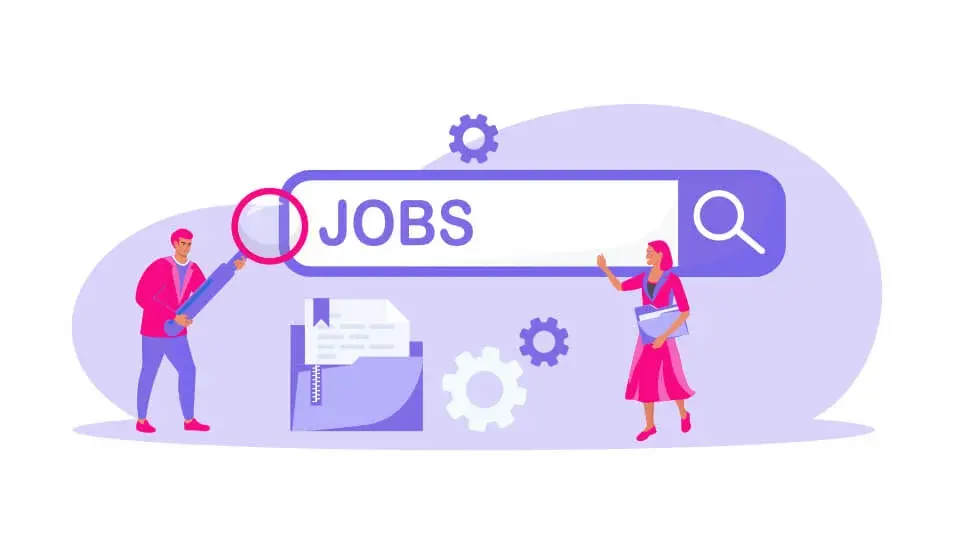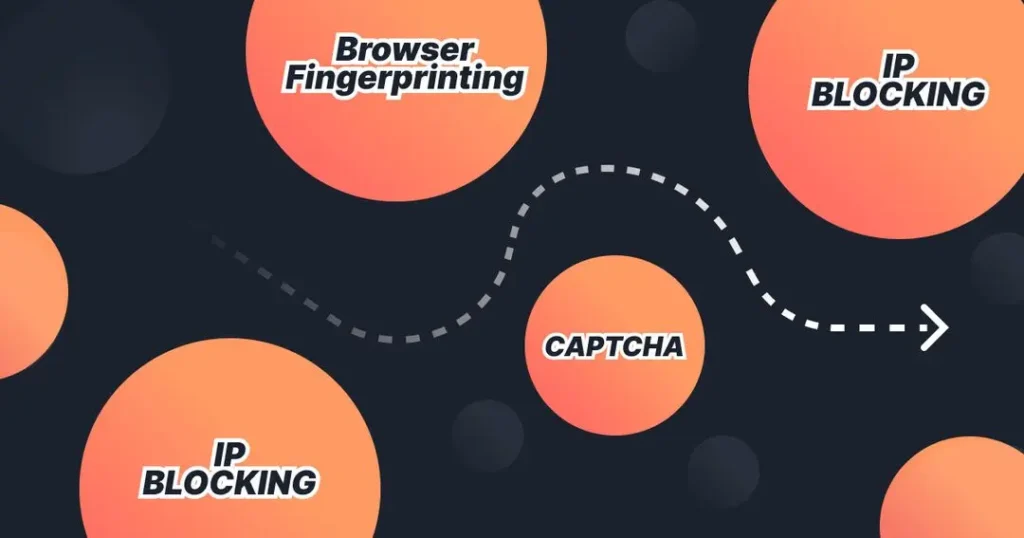Did you know that as of August 2023, there were approximately 9.61 million job openings in the USA alone? This highlights how quickly the job market evolves. In this dynamic setting, staying informed about job opportunities is crucial for job seekers and recruiters alike. That’s where job scraping steps in as an invaluable tool.
What is Job Scraping?
At its core, job scraping is all about using automated tools to gather job listings from different online places like websites, job boards, and company career pages. These tools help collect important information like job titles, descriptions, company names, locations, etc.
Visualize job scraping as a digital assistant diligently scouring the internet, compiling a comprehensive repository of available job opportunities. This approach stands in stark contrast to the traditional, labor-intensive method of manually seeking out job openings, which can prove time-consuming and less efficient.

How Does Job Scraping Work?
Imagine you’re a recruiter at a growing tech company looking for software engineers. Instead of visiting multiple job boards and company websites individually, you employ a job scraping tools. This job scraping tools, equipped with web crawlers, systematically visits these websites, extracts job listings, and compiles them into a structured dataset. You can then access this dataset to review and analyze the job postings in one centralized location.
The process typically involves the following steps:
- Identifying target websites
- Extracting job data
- Cleaning and organizing data
- Storing and analyzing data
What are the Benefits of Job Scraping
- Efficiency: Job scraping automates the tedious task of searching for job postings, saving you hours of manual work.
- Access to a wider range of job listings: Job scraping consolidates job postings from multiple sources, offering recruiters a more extensive range of job opportunities than any single platform or website. This expanded pool increases the likelihood of finding candidates with the right skills and qualifications to meet your organization’s specific needs.
- Real-time Updates: Job scraping tools can be customized to deliver real-time updates on newly posted job openings. This feature empowers recruiters with a competitive edge in the talent acquisition landscape by allowing them to identify and engage with potential candidates as soon as they become available.
- Market insights and analysis: Recruiters can uncover valuable job market insights by analyzing scraped data. This data-driven approach helps them make informed decisions while devising effective talent acquisition and recruitment strategies. By grasping market dynamics, recruiters can enhance their efforts to attract top talent more efficiently.
Now, let’s explore the benefits that job scraping brings to the table:
Challenges and Considerations in Job Scraping
While job scraping offers numerous benefits, there are also challenges and considerations to take into account:
- Legal and ethical implications: Web scraping can sometimes raise legal and ethical questions because some websites don’t allow it or have their own rules. It’s crucial to make sure that when you scrape data, you follow the guidelines and rules of the websites you’re scraping from.
- Website structure changes: Websites frequently update their design and structure, which can impact the scraping process. Changes in HTML structure or anti-scraping mechanisms employed by websites may require adjustment or modification of scraping scripts.
- Data quality and reliability: Depending on the source websites, the quality and reliability of the extracted data can vary. Inaccurate or outdated information can affect the effectiveness of job scraping efforts.
- Data volume and scalability: Large-scale job scraping can result in a massive amount of data. This requires sufficient storage capacity and efficient data processing and analysis pipelines.

Source: joinmassive
How to Get Started with Job Scraping
If you are interested in getting started with job scraping, here are some key steps to follow:
- Identify your target websites: Determine which job boards, company websites, or recruitment platforms you want to scrape for job listings. Research their terms of use and ensure that scraping is allowed.
- Choose the right tools: Select web scraping tools that are suitable for your needs and programming skills. Popular options include BeautifulSoup, Selenium, and Scrapy. These tools offer functionalities to navigate websites, extract data, and handle dynamic content.
- Develop your scraping script: Use the chosen web scraping tool and programming language to develop your scraping script. Customize it to extract the desired job data and to handle any website-specific challenges.
- Handle anti-scraping measures: Some websites have safeguards in place to prevent scraping. Familiarize yourself with these measures and implement appropriate strategies to bypass them or scrape data effectively.
- Ensure data quality and reliability: Implement data cleaning and validation techniques to improve the accuracy and reliability of the extracted job data. Remove duplicate entries and format the data for further analysis.
- Scale and automate: As your job scraping efforts grow, consider implementing automation techniques to handle larger data volumes efficiently. This can involve scheduling scraping tasks, using cloud infrastructure, or incorporating machine learning algorithms for data processing.
Conclusion
Job scraping goes beyond being a trendy term; it’s a valuable resource in a recruiter’s arsenal It’s like having a turbocharged search engine for job listings that can save you time, provide insights into the job market, and expand your pool of potential candidates.
However, it’s crucial for recruiters to navigate the legal and ethical considerations that come with web scraping. By adopting the right tools, techniques, and a responsible approach, job scraping can become a valuable asset in your recruitment process, helping you identify top talent efficiently and effectively.
Ready to supercharge your recruitment process? Discover how JobsPikr can streamline your job scraping efforts and connect you with top talent. Sign up today!



